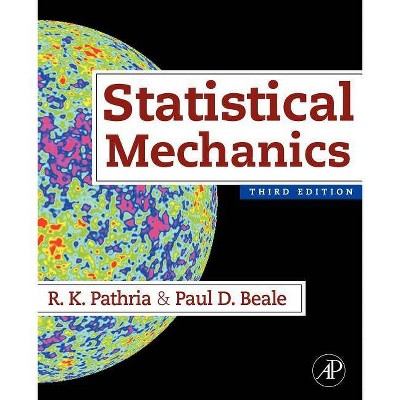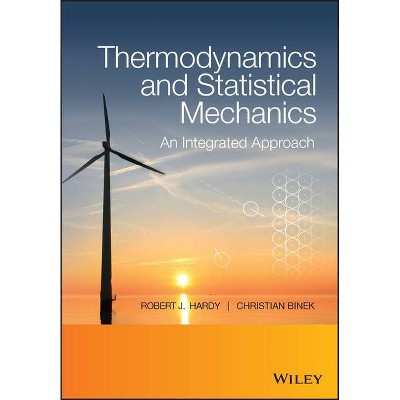Statistical Mechanics - 3rd Edition by Paul D Beale (Paperback)

Similar Products
Products of same category from the store
AllProduct info
<p/><br></br><p><b> Book Synopsis </b></p></br></br><p><i>Statistical Mechanics</i> explores the physical properties of matter based on the dynamic behavior of its microscopic constituents. After a historical introduction, this book presents chapters about thermodynamics, ensemble theory, simple gases theory, Ideal Bose and Fermi systems, statistical mechanics of interacting systems, phase transitions, and computer simulations.</p> <p>This edition includes new topics such as BoseEinstein condensation and degenerate Fermi gas behavior in ultracold atomic gases and chemical equilibrium. It also explains the correlation functions and scattering; fluctuationdissipation theorem and the dynamical structure factor; phase equilibrium and the Clausius-Clapeyron equation; and exact solutions of one-dimensional fluid models and two-dimensional Ising model on a finite lattice. New topics can be found in the appendices, including finite-size scaling behavior of Bose-Einstein condensates, a summary of thermodynamic assemblies and associated statistical ensembles, and pseudorandom number generators. Other chapters are dedicated to two new topics, the thermodynamics of the early universe and the Monte Carlo and molecular dynamics simulations.</p> <p>This book is invaluable to students and practitioners interested in statistical mechanics and physics. </p><p/><br></br><p><b> Review Quotes </b></p></br></br><br><p>An excellent graduate-level text. The selection of topics is very complete and gives to the student a wide view of the applications of statistical mechanics. The set problems reinforce the theory exposed in the text, helping the student to master the material --<b>Francisco Cevantes</b></p> <p><b></b>Making sense out of the world around us in one of the most appealing facets of physics. One may start by putting together seemingly isolated observations and as the different pieces start to fall into place, more complicated arrangements and more fundamental explanations are sought. This is indeed the case for instance when trying to understand the behaviour of a collection of particles. On the one hand, thermo- dynamics provides us with a satisfactory explanation of the macroscopic phenomena observed, however, in order to get to the core of the physical system it becomes necessary to take into account the microscopic constituents of the system as well as the fact that quantum mechanical effects are at play. This is the realm of statistical mechanics and the subject of one of the most widely recognised textbooks around the globe: Pathria's <i>Statistical Mechanics</i>....The original style of the book is kept, and the clarity of explanations and derivations is still there. I am convinced that this third edition of Statistical Mechanics will enable a number of new generations of physicists to gain a solid background of statistical physics and that can only be a good thing. --<b>Contemporary Physics</b></p><br>
Price History
Price Archive shows prices from various stores, lets you see history and find the cheapest. There is no actual sale on the website. For all support, inquiry and suggestion messages communication@pricearchive.us




















